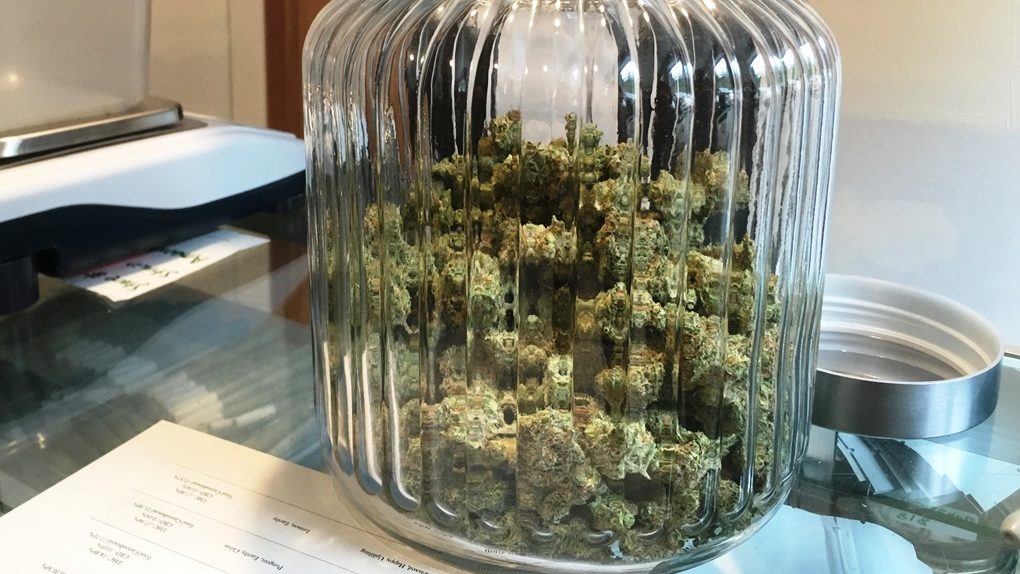
The fastest job growth in Alaska over the next 10 years will be in agriculture. But if you’re thinking about cows or potatoes, think again.
The Alaska Department of Labor projects that marijuana cultivation will lead all industries in job growth statewide between now and 2030.
The biggest declines in jobs are projected to come from broadcast and print media.
The data is published in the October issue of Trends, the monthly report of the Alaska Department of Labor and Workforce Development.
Cannabis cultivation emerged as Alaska’s leading high-growth industry for jobs because — unlike every other sector — it did not suffer a setback during the pandemic in 2020.
Job growth in marijuana cultivation and production actually increased by 8.2% that year, far ahead of the only other sector to remain in positive territory. Millwright jobs saw growth of about 2%.
Statistically speaking, marijuana is lumped into the “farming, fishing, and forestry” category, but state economists say that job growth in this category is driven by marijuana. Its dominant occupations are farmworkers and laborers, which represent about 40% of marijuana employment. This is also where almost 80% of the sector’s growth is expected to come from in the next 10 years.
Typically, health care is a strong sector for job growth, and the numbers suggest a post-pandemic rebound may be on its way: 14 of the top 25 fastest-growth jobs are in health care, with jobs ranging from surgical techs and registered nurses, to dietitians and recreational therapists. All those jobs fall below veterinarian, however, which is expected to see 16% more growth in the next decade.
The list of occupations expected to decline in Alaska reads a little like a 1990s career aptitude test: Fallers and logging equipment operators are on the decline, as are insurance sales agents, printing press operators and mechanical drafters.
Leading the pack in job declines, however, are broadcast announcers, news analysts, reporters, journalists, and broadcast technicians — which are all expected to see losses around 35% by 2030.
Alaska is a relatively small state in a large broadcasting world, however, and that tends to inflate the statistics somewhat. The actual number of broadcast and journalism jobs the state will lose is 36, with a third of that loss occurring during the pandemic. The data don’t capture how many people in the arts, design, entertainment, sports and media category transitioned to freelance work or became self-employed, which is common in this sector.
Factoring pandemic job losses into the overall picture for the next 10 years is important to consider. Other jobs in the bottom 25 include bartenders and ushers, lobby attendants, and ticket takers. The discussion in Trends points to an apparent contradiction: “If we were to look only at 2020-2030, these occupations would appear to be among the fastest growing — but they hemorrhaged jobs during the pandemic, making the recovery look like massive growth. From pre-pandemic levels, the decade decline is around 5%.”
Techyrack Website stock market day trading and youtube monetization and adsense Approval
Adsense Arbitrage website traffic Get Adsense Approval Google Adsense Earnings Traffic Arbitrage YouTube Monetization YouTube Monetization, Watchtime and Subscribers Ready Monetized Autoblog
from Freelancing Jobs – My Blog https://ift.tt/rXtfxd6
via IFTTT

0 Comments